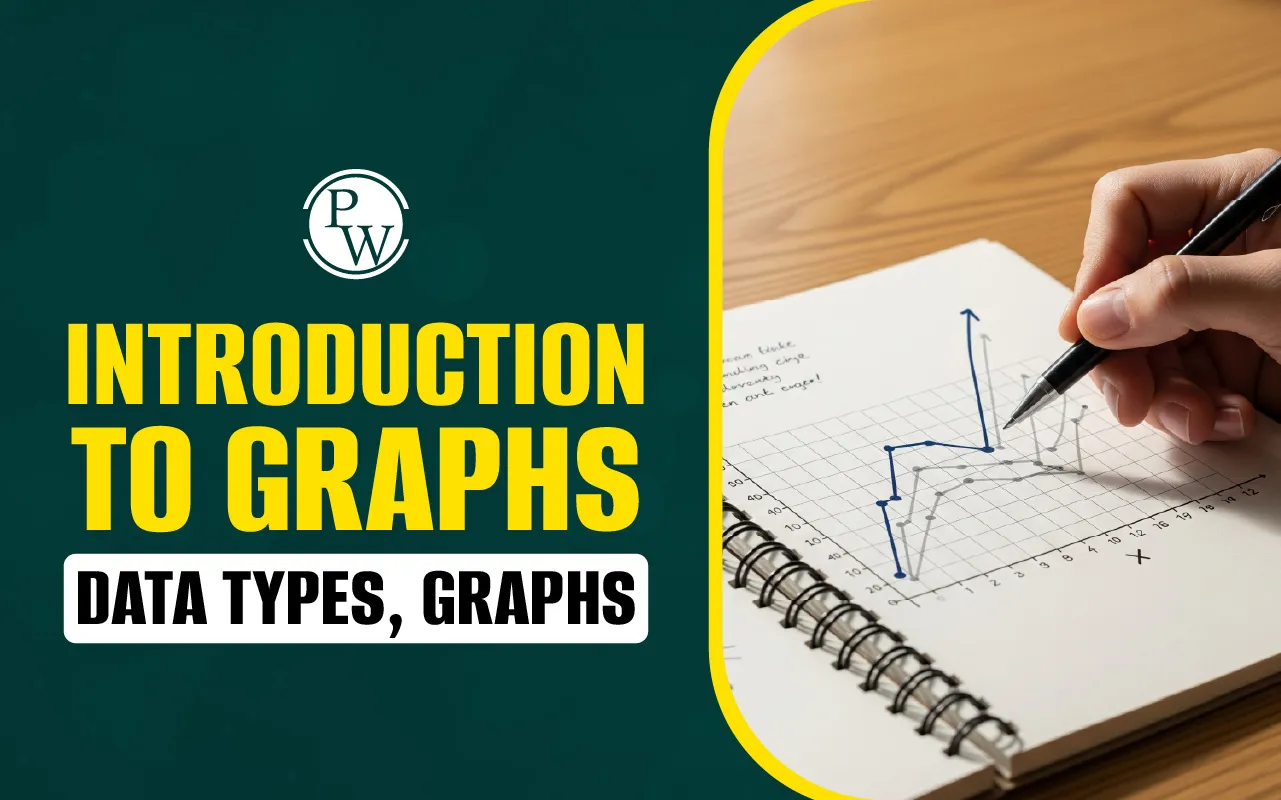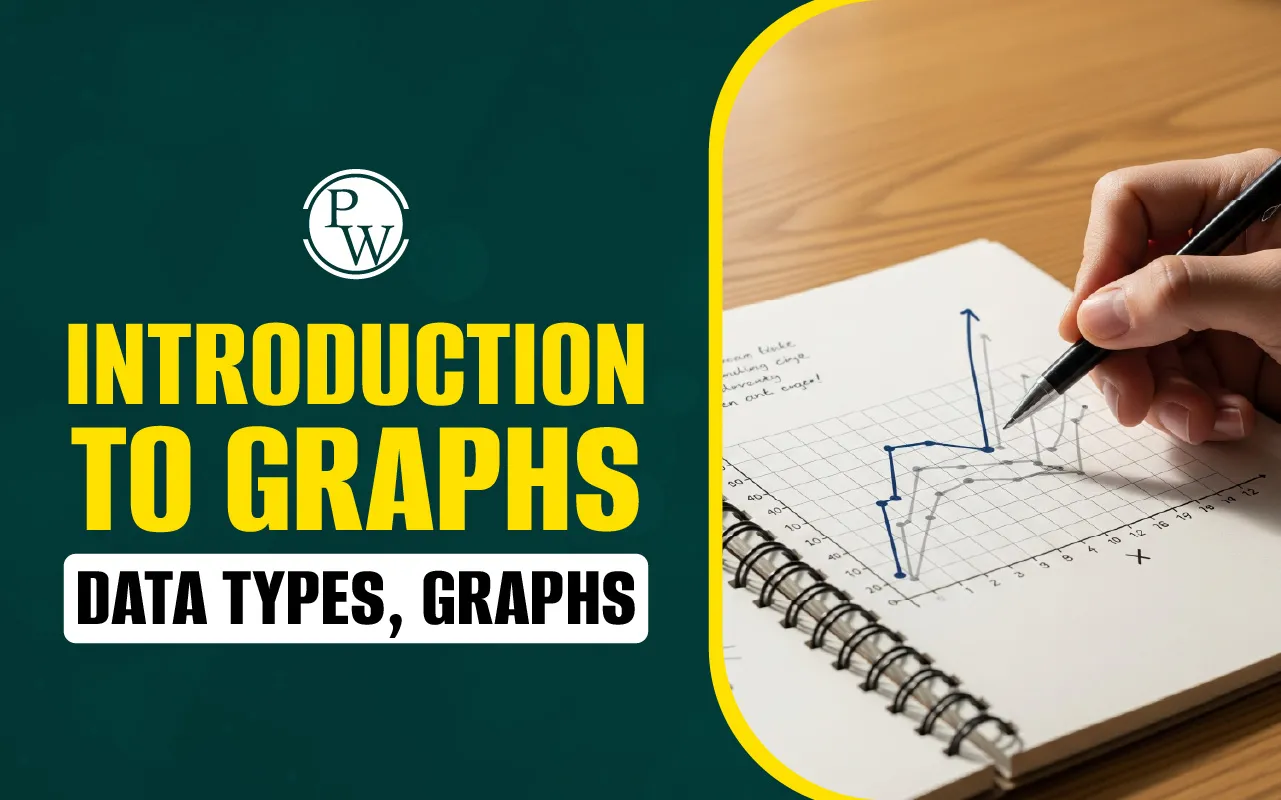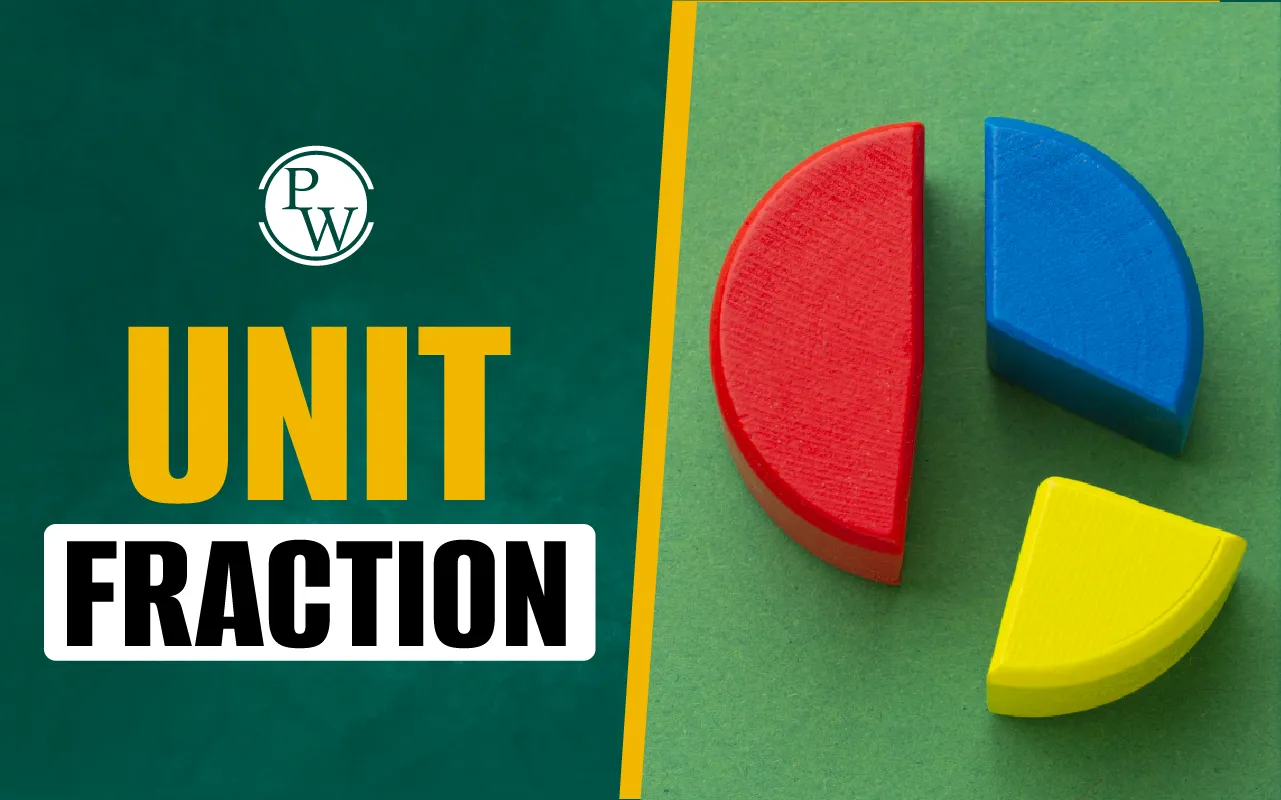

Graphs: You must have observed graphs in many places such as newspapers, weather forecasts, textbooks, and social media posts. They are used in so many different settings because they make it easier to notice patterns, follow trends, and compare information quickly. From tracking a runner’s speed during a race to recording rainfall over a month, graphs make data easy to understand. Here, we will learn about the different types of graphs you can use to represent data in detail.
Read More: Transformations
What is a Graph?
A graph is a visual way of presenting information so it can be understood quickly and clearly. Instead of reading through a table of numbers, a graph turns that information into lines, bars, or shapes that are easier to interpret.
This helps us spot patterns, notice changes, and make comparisons more easily. For example, if temperature readings are recorded at different times during the day, a line graph can instantly show when the temperature went up, came down, or stayed the same.
What are Variables in a Graph?
In a graph, variables are the quantities or factors that are being compared to understand their relationship. Here are two main variables shown in graph:
Independent Variable: This is the factor you choose before collecting data. It does not change in response to the other variable. On a graph, it is shown along the horizontal axis (X-axis).
Dependent Variable: This is the factor that changes because of the independent variable. It is what you measure to see how it is affected. On a graph, it is shown along the vertical axis (Y-axis).
Example: If you record a plant’s height each week, the number of weeks is the independent variable (X-axis) because you are measuring at regular time intervals. The height of the plant is the dependent variable (Y-axis) because it increases or decreases depending on the time that has passed.
Read More: Types of Line in Math
What Are the Different Types of Data?
Here, will learn about different types of data you can represent in graphs:
Qualitative Data (Categorical)
This type of data describes qualities, characteristics, or categories rather than numbers. It groups information based on names, labels, or attributes.
Example: Names of cities, colors of cars, types of fruits sold in a market.
These are often represented with bar charts or pie charts because they compare groups or show proportions.
Quantitative Data (Numerical)
This type of data can be measured and expressed as numbers. It can be divided into two subtypes:
-
Discrete Data: These are values you can count, often whole numbers.
Example: Number of cars in a parking lot, number of goals scored in a football match. -
Continuous Data: These are values that can take any measurement within a range.
Example: Height of students, temperature during the day.
Time-Series Data
This is data recorded at regular intervals over time. It is often used to see changes or trends and is best shown through line graphs. Example: Daily rainfall over a month, stock market closing prices each day.
Cross-Sectional Data
This type of data is collected at a single point in time to give a snapshot of a situation.
Example: Population of different cities in 2025, exam scores of students in one test.
Read More: Basic Geometrical Ideas
Types of Graphs and Charts
People often use the words charts and graphs as if they mean the same thing, but there is a small difference. A chart is a general term that includes all kinds of visual methods for showing information, such as diagrams, flowcharts, tables, and maps.
A graph is a special type of chart that shows the relationship between two or more variables, usually using a coordinate system. In everyday language, however, people often treat the two terms as the same.
Here are some of the most common types of charts and graphs.
Line Graphs: A line graph shows data points connected by straight lines. It is very useful for displaying continuous data and for showing how something changes over time.
Example: Recording a patient’s temperature every hour in a hospital.
Note: When the points in a line graph form a perfectly straight line, it is called a linear graph. This usually shows that the two variables have a direct relationship, such as cost increasing steadily as the quantity purchased increases.
Bar Graphs: A bar graph uses rectangular bars to represent quantities. It makes it easy to compare values between different categories. The bars may be drawn either standing upright (vertical) or lying flat (horizontal).
Example: Comparing the number of books read by students.
Pie Charts: A pie chart shows data as slices of a circle. Each slice represents a part of the total, and the whole circle represents 100 percent.
Histograms: A histogram looks like a bar graph but is used for continuous numerical data that has been divided into equal intervals, called bins. It helps to show how values are spread out in a dataset.
Example: A teacher creates a histogram of students’ exam scores grouped into 10-point ranges (0–10, 11–20, etc.) to see how many students fall into each range.
Time-Distance Graphs: A time-distance graph illustrates how the distance covered by an object changes over time. It is commonly used to represent the movement or travel of people, vehicles, or other objects.
Example: Showing how far a train has travelled from its starting station at different times during its journey.
Steps to Create a Graph
The following steps will guide you in preparing a graph that shows data clearly and accurately.
Step 1: Identify the variables: Decide which variable will be placed on the horizontal axis (independent variable) and which will be placed on the vertical axis (dependent variable).
Step 2: Choose a suitable scale: Select a scale for both axes that can include all the data points without crowding or stretching the graph. The scale should be consistent and easy to read.
Step 3: Plot the points:For each ordered pair, start at the origin, move to the correct position on the X axis, then move up or down to the correct position on the Y axis, and mark the point.
Step 4: Draw lines or bars: If you are creating a line graph, connect the points in sequence. If it is a bar graph or histogram, draw bars of equal width to represent the data values.
Step 5: Add labels and a title: Clearly label both axes with the variable names and units. Add a title that explains what the graph is showing so the reader understands it at a glance.
Following these steps ensures your graph is accurate, clear, and useful for analyzing and presenting data.
Applications of Graphs in Everyday Life
Here are some of the most common areas where graphs are used:
Education: Teachers and schools use graphs to track academic performance, compare test results across subjects, and monitor students’ progress over time. For example, a bar graph can show how class averages have changed from one term to another.
Business: Companies rely on graphs for sales comparisons, profit analysis, and market trend studies. A line graph can show monthly revenue growth, while a pie chart can display the percentage of sales from different product categories.
Science: Researchers use graphs to record and present experimental results. A scatter plot can reveal patterns between variables, while a histogram can show how measurements are distributed in an experiment.
Weather Reports: Meteorologists use graphs to display daily temperature changes, rainfall patterns, or wind speeds. This helps people understand climate trends and prepare for changing weather conditions.
Finance: Graphs are used to track stock market performance, exchange rates, and investment returns. For example, a time-series line graph can show how a stock price has moved over several months.
Also read: What is Slope Formula?
Make Your Child a Maths Pro with CuriousJr Mental Maths Course
Does your child hesitate when solving basic maths problems or take too long to work out simple answers? We understand how challenging that can be for both parents and children, and our Mental Maths Classes are here to make maths faster, easier, and more enjoyable for students from Grade 1 to Grade 8.
In our classes, children build their skills step by step, improving both speed and accuracy while developing the ability to solve problems confidently. We use proven methods, interactive activities, and engaging mental strategies to make learning fun and effective. Each session is designed to match your child’s learning pace while keeping them motivated and involved.
With regular practice and personalised attention, our students grow more confident with numbers and are better prepared for any maths challenge. Book your demo class today and let us help your child take the next step toward becoming a maths pro.
Graphs FAQs
What is the graphical representation of data?
How to choose the right type of graph?
What is the difference between a graph and a diagram?
Why do some graphs start their Y axis at a number other than zero?













